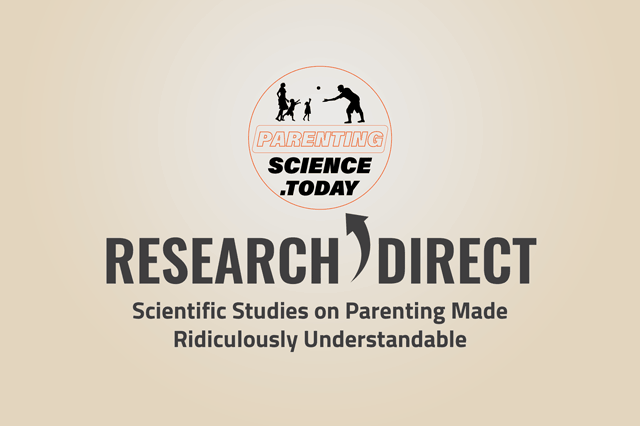The benefits of skin-to-skin contact between a mother and her children have been thoroughly studied and demonstrated. Its importance in a baby’s initial interactions is more than proven and is considered the optimal method of care.
However, this practice is not common in all obstetric care centers. In fact, some current routines separate the mother and her newborn infant as a general practice after a cesarean birth. Even in cases when the mother is awake and the infant is healthy, early skin-to-skin contact between a mother and her newborn directly after birth is limited to practical and medical safety reasons.
As a result, some researchers from Sweden suggested that skin-to-skin contact could be given by the father instead of the mother. The study entitled “Skin-to-Skin Care with the Father after Cesarean Birth and Its Effect on Newborn Crying and Prefeeding Behavior” assessed the effects of skin-to-skin contact and its impact on crying and prefeeding behavior in healthy, full-term infants born by elective cesarean birth. The study compared babies who were closely hugged by the father with babies who received conventional care and were placed in a chair-side cot during the first two hours after birth.
How Did They Conduct the Study?
The study was carried out in a maternity ward at Karolinska University Hospital in Stockholm, Sweden. The criteria for inclusion in the study were as follows: an elective cesarean birth had to be conducted between the thirty-seventh and forty-first week of pregnancy; the cesarean section had to include the use of spinal analgesia; and the newborn had to be assessed as healthy at the first checkup directly after birth.
The researchers obtained written consent from thirty parents who were verbally informed of the study the day before the cesarean section. Immediately after the cesarean section, all of the full-term infants were randomly assigned either to receive skin-to-skin contact from the father or to be placed in a cot next to the father. Demographic data on the mothers and fathers was obtained from the maternal patient records, and demographic data on the infants was obtained from birth records.
Just after cesarean delivery, the baby was wrapped in towels and shown to the mother. Thereafter, the child was taken to an open incubator. Then, as soon as possible, the child was returned to the mother and placed on her chest. During this procedure, the father was nearby all the time. After being on the mother’s chest for five to ten minutes, the infant was taken to the maternity unit together with the father while the mother was transferred to the postsurgery ward.
During this time, the infants were either cared for in the conventional way and placed in a cot while the father was present in the same room or they were placed on the father’s chest to receive skin-to-skin contact while he was comfortably seated in an armchair. The fathers in both groups received the same information except that the fathers in the cot group were instructed not to pick up the child from the cot. After a specified time period, the fathers in both groups were free to interact and pick up their children while waiting for the mother to be reunited with them.
Results
Can the father replace the mother in skin-to-skin contact?
Both groups were similar in terms of the demographic characteristics of the infant, mother, and father. The results of this study showed that skin-to-skin contact with the father is excellent for the infant’s well-being when the mother and the baby are separated after a cesarean birth. The most important finding from the study was the positive impact the fathers’ skin-to-skin contact had on infant crying behavior. Therefore, postnatal skin-to-skin contact between the father and the newborn is recommended when contact with the mother is not possible.
A pediatrician can provide more information about skin-to-skin contact between parents and children.














